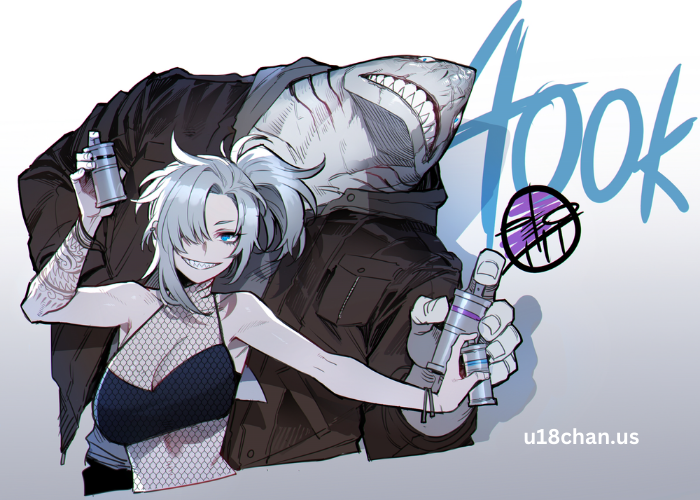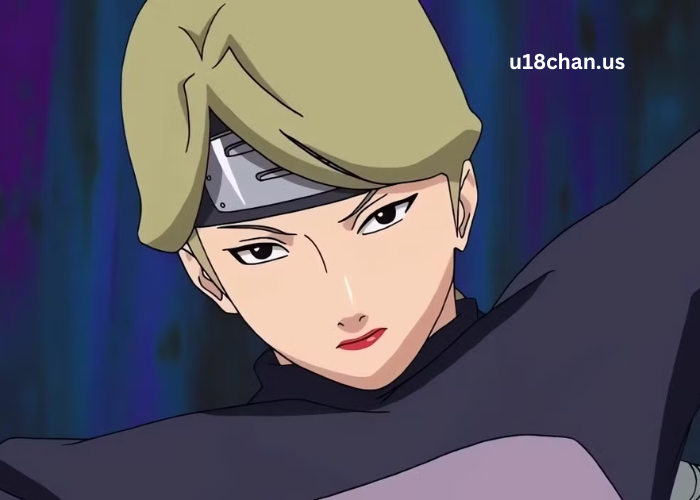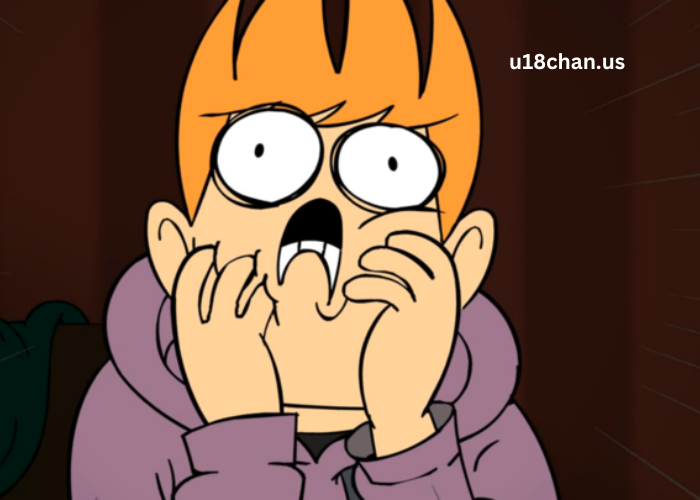The Little Nightmares series has gained significant attention from players worldwide due to its eerie atmosphere, unique storytelling, and complex character dynamics. One such character that often sparks intrigue among fans is Momo. While Momo’s presence in the game is both mysterious and haunting, its interaction with Izuku adds an entirely new layer to the experience. This blog post delves into Momo’s role in Little Nightmares and its relationship with Izuku, exploring how these characters influence the game’s story and themes.
Key Points:
- Momo is a complex character with a haunting design and mysterious motives.
- Izuku’s connection with Momo introduces an emotional and psychological depth to the game.
- Their relationship adds an intriguing layer to the narrative, making the game even more captivating.
Who Is Momo in Little Nightmares?
In Little Nightmares, Momo is a figure that appears to be a mix of a grotesque doll-like creature with a disfigured face and unsettling movements. It’s not immediately clear whether Momo is a villain, ally, or something else entirely. The design of Momo fits perfectly within the surreal and nightmare-fueled world of the game, where the line between the real and imagined is often blurred.
Momo’s appearance is enough to give players a sense of unease, but it’s the subtle way in which Momo interacts with the environment and other characters that makes it an intriguing figure. Momo doesn’t directly confront the player in an obvious way but plays a part in creating an overarching feeling of dread. This raises an interesting question: What role does Momo play in the story, and how does it influence the game’s central themes of fear, isolation, and survival?
Reminder: Momo’s unsettling nature and lack of clarity on its intentions make it one of the most mysterious figures in the game.
How Does Momo Interact with Izuku?
Izuku’s presence in Little Nightmares is not one of a traditional protagonist. Instead, Izuku represents a side of human struggle, vulnerability, and growth throughout the game’s narrative. His interactions with Momo are crucial in understanding how the game uses character relationships to convey deeper psychological themes. The connection between Izuku and Momo isn’t one of direct cooperation or obvious rivalry, but rather a complex dance of push and pull.
Izuku’s relationship with Momo can be seen as symbolic of how fear and psychological trauma manifest in one’s mind. When Izuku encounters Momo, he doesn’t know whether to flee or confront it. The hesitation and internal conflict mirror the internal battles many players face in the real world—deciding whether to run from their problems or confront them head-on. Momo, in this case, represents a sort of silent antagonist or reminder of the emotional struggles that Izuku faces in the course of the game.
In terms of game mechanics, the player’s choices regarding Izuku’s actions toward Momo can influence how the character evolves and how the overall story progresses. For example, if Izuku attempts to ignore Momo, it may lead to a feeling of increased isolation. However, confronting Momo could unlock new paths or lead to heightened challenges that offer richer gameplay.
What Psychological Themes Are Explored Through Momo and Izuku’s Interaction?
The interaction between Momo and Izuku goes beyond the physical and delves into deep psychological territories. One of the main themes explored is that of fear—both the fear of the unknown and the fear of confronting one’s inner demons. Momo’s grotesque and terrifying presence represents the things that many people are afraid to face head-on, both in terms of the game world and in real life.
Izuku, on the other hand, embodies the player’s experience of navigating this fear. As the character goes through the nightmare-like world, they’re constantly faced with choices about how to deal with Momo and other challenges. These moments can symbolize how people deal with fear and uncertainty in their own lives: Will they face it, or will they run from it?
Another psychological theme that emerges is isolation. In Little Nightmares, players often feel alone, and the game’s minimalist design and eerie atmosphere amplify this sense of abandonment. Momo serves as a constant reminder that even when we are surrounded by others, we can still feel incredibly alone. Izuku’s interactions with Momo illustrate this isolation, as he often finds himself alone in an uncertain world.
Reminder: Momo and Izuku’s relationship sheds light on the psychological toll fear and isolation can have on individuals.
How Does Momo Contribute to the Story of Little Nightmares?
Momo plays a subtle but critical role in enhancing the game’s story. While Momo might not have as much screen time as other characters, its presence helps tie the entire narrative together. The game’s eerie and unsettling atmosphere wouldn’t feel as haunting without figures like Momo, who embody the themes of lurking terror and mental torment.
The significance of Momo in the story is revealed through its symbolism. As the player navigates the dark and twisted world, it becomes clear that Momo is not merely a villain to defeat, but a manifestation of something deeper—something that speaks to the player’s own fears. This approach to storytelling, where the character serves more as a symbol of the player’s internal struggle, allows for a deeper emotional connection with the game.
Moreover, Momo’s involvement with Izuku provides moments of reflection. Their interactions are sometimes ambiguous, making players question whether they are interacting with a genuine threat or just a creation of their own fears. This narrative uncertainty is a key element of Little Nightmares, which encourages players to interpret the story in their own way.
What Is the Impact of Momo and Izuku’s Dynamic on the Game’s Narrative?
The dynamic between Momo and Izuku significantly impacts the progression of the game’s narrative. It allows the player to reflect on their choices and see how they affect not only the character’s development but also the game’s unfolding events. When the player decides how to interact with Momo, they aren’t just choosing a gameplay option—they are making an emotional decision that influences the entire tone of the game.
This relationship also impacts the pacing of the story. Momo’s presence is often felt in moments of intense emotional or psychological challenge, which can alter how players perceive the game’s flow. The tension created by Momo’s interactions with Izuku heightens the sense of urgency and stakes, keeping players on edge and invested in the game’s resolution.
Note: The relationship between Momo and Izuku brings a unique psychological complexity to the game, drawing players deeper into the narrative.
Conclusion
The role of Momo in Little Nightmares with Izuku is a key element that enhances the psychological depth of the game. Through their dynamic, players are forced to confront not only the in-game threats but also the emotional and mental challenges that come with navigating a world filled with fear and isolation. Momo serves as a reminder of the inner struggles we face, and its interaction with Izuku reflects how we deal with those fears. Whether it’s through avoidance or confrontation, Momo’s presence creates an unforgettable experience for players and is integral to the Little Nightmares story.
FAQ’s
- What is the significance of Momo in Little Nightmares?
Momo represents a psychological and emotional challenge, embodying the fear and isolation experienced by the characters in the game. - How does Izuku’s interaction with Momo affect the gameplay?
Izuku’s decisions regarding Momo influence both his emotional development and the game’s progression, adding depth to the narrative. - What psychological themes are explored through Momo’s role in Little Nightmares?
Momo explores themes of fear, isolation, and the internal struggle of facing one’s emotional demons. - Does Momo serve as an antagonist in the game?
While Momo may seem like an antagonist due to its eerie design, its role is more symbolic, representing the internal struggles faced by the character. - How does Momo influence the story’s pacing?
Momo creates tension in key moments, affecting the pacing and keeping players engaged as they navigate the psychological challenges of the game.




